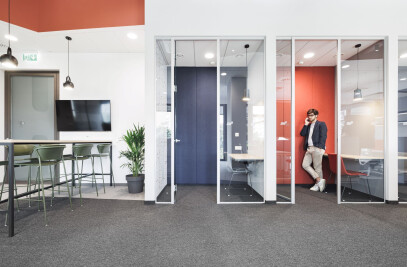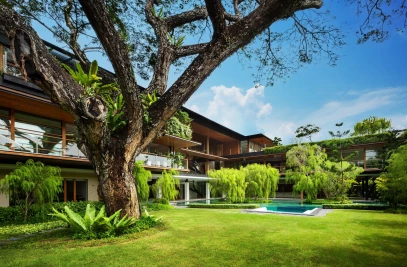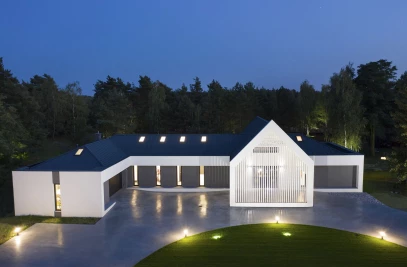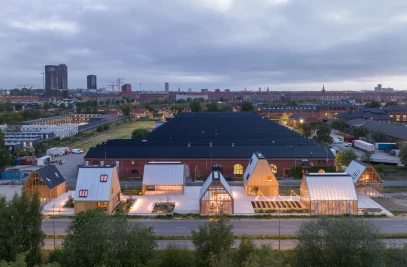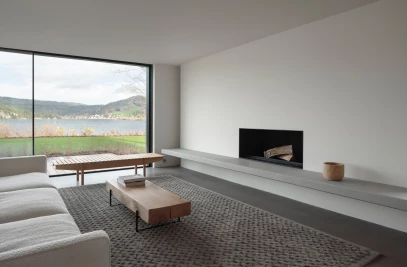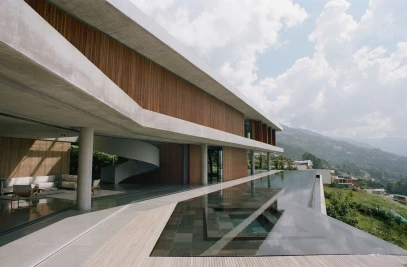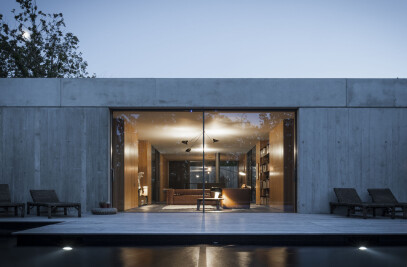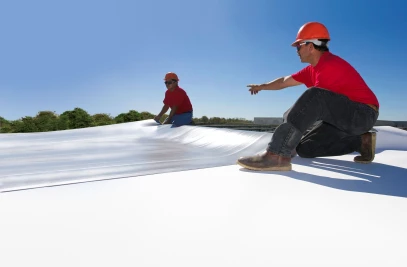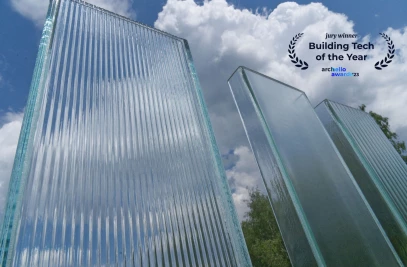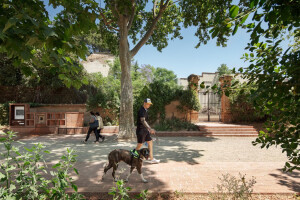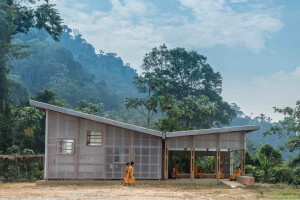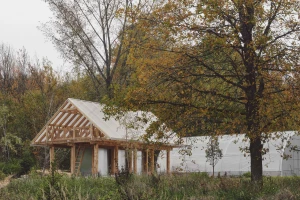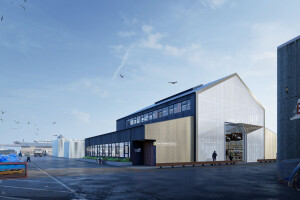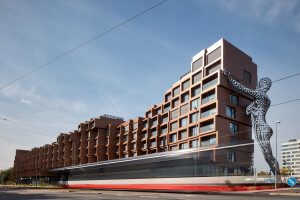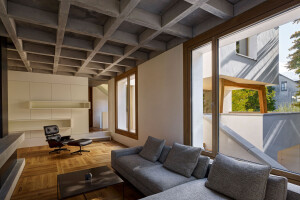The Jardins do Lago Max Club and Portal is located on land that has a natural lagoon, which is the starting point for the project. The characteristic landscape was the main motivation for seeking an architecture that, in addition to coexisting harmoniously with the environment, also integrated as much as possible with the context of its surroundings, seeking large spans, lightness in its volumes and openings that enhanced the visuals.

The Club is located in front of the existing lagoon and seeks a flat architecture that hugs the lagoon at an angle. Based on the light metallic structure, the roof rests on cylindrical pillars that subtly touch the floor of the building, protecting the common area environments. The chamfered eaves fulfill the function of bringing shade to the club, but also allow circulation around the blocks in order to integrate with the surrounding nature.

The main highlight of the club are the spaces and voids between the volumes and the roof that allows the entry of lighting that matches the water mirror in the arrival square. This solution allows for more humidity and comfort with a mild climate right at the entrance. Prohibited.

The project includes a support program that serves the condominium well, always taking into account functionality, enriching visual and sensory experiences. In it we have amenity spaces such as a party room, gym, games room, toy library, coworking, pantry, bathrooms, gourmet deck and a rooftop that stands out, advancing close to the lagoon and allowing a stunning panoramic view of the development.

The access portal has its own identity, but which is materially connected with the club. As a differentiator, it has its roof supported on V-shaped pillars, being a landmark at the entrance of the project, reinforcing even more intensely the lightness of the overall architectural concept of the project. It has 4 access lanes, 2 for access to residents and 2 for access to visitors and services with the support of the building that is the association and has easy access for residents.

The integration of architecture and interiors was a crucial issue for the project where we sought a materiality that unifies the spaces, generating continuity between the external and internal, reinforcing the connection between architecture and interiors with nature. The brickwork takes on a terracotta color that stands out through its gables, the wood on the roof brings a natural aspect to the building and its connection with the surrounding vegetation and the stones mark the closed block upon arrival with the bathrooms.

The project is the result of the combination of elements of good architecture that respects the surroundings and promotes the connection between the building and the surrounding nature. It was with this intention that we sought to create value in the construction of buildings and, in doing so, improve the quality of life of users.
























